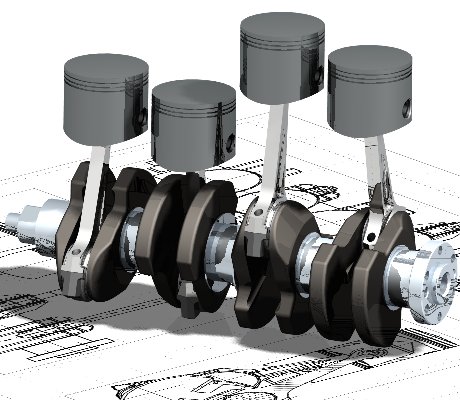CAD is the first part of CAD/CAM: Computer-Aided Design / Computer-Aided Manufacturing. Essentially, CAD is the digital model that you use to have a machine (like the public library's 3D printer) transform your idea into a real thing.
Like me, you might have a problem that only you can solve such as fixing a broken 12 V power outlet.

Before computers came along, people would draw out their designs on paper with a pencil, and you would generally need at least 2 views from different perspectives to show your idea clearly. You would then have a craftsman interpret your drawings as he created your design. Eventually, computers because powerful enough for two-dimensional (2D) drafting and now software like AutoCAD LT and LibreCAD have replaced the drawing board. 2D CAD represents a flat design with a list of elements (like points and lines). The software then interprets the list of elements into the image you see on the computer screen.
2D CAD designs can be used with 2D manufacturing operations such as laser cutters or water-jet cutters.
Three-dimensional (3D) design is similar in some ways to 2D and different in many others. 3D designs can either be represented as a solid model or a wire-frame model. Solid models are constructed using variations of simple shapes assembled with boolean operations (addition, subtraction, intersection), see Constructive solid geometry and Solid modeling. Wire-frame (or wire-mesh) models are similar to 2D models in that the design represents the edges or surfaces of the shape(s), see Wire-frame model. Solid models can be converted into wire-frame models but not vice-versa.
There are nearly 100 3D CAD programs available, some are commonly used in industry and some are free.
Ultimately, the 3D design needs to be manufactured and 3D printers are now becoming more common and affordable. While individuals can buy their own 3D printers, it often makes more sense to use someone else's machine, especially with rapid improvements in this technology. Many public libraries have 3D printers that can be used by anyone with a library card. Sometimes, the library can make their printers directly available over the internet but often they will have a technical contact where you can email your design.
